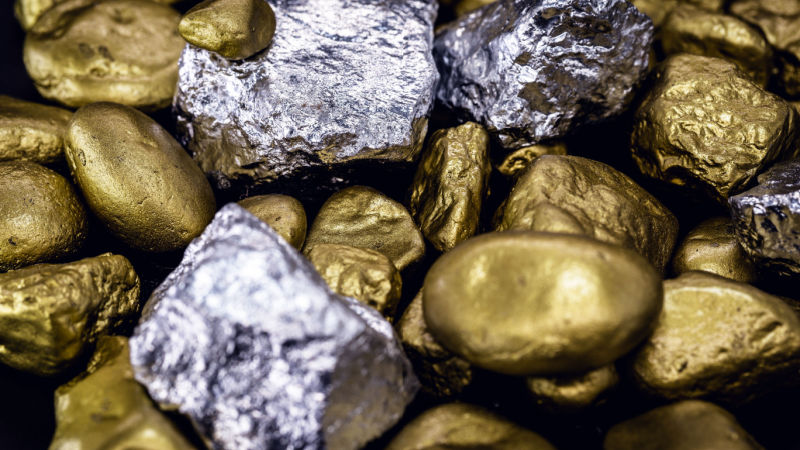
If you’ve been wondering what the right investment avenue is for you, then you’ll be glad to know that the financial market has numerous investment options – stocks, mutual funds, ETFs and the like. One such investment option, the Exchange Traded Funds, has been discussed in detail below.
What is an ETF?
An ETF or an Exchange Traded Fund, is a type of security that tracks an index, sector, commodity, or other asset, which can be sold on the stock exchange. It can track either the price of a commodity or bonds or track specific strategic investments.
A few notable characteristics include:
- It is a marketable security that can be easily bought and sold on the market.
- The price of an ETF fluctuates all day long.
- ETFs offer low expense ratios and fewer broker commissions.
- These funds are more cost effective and liquid when compared to mutual funds.
- It is a popular choice for diversification of one’s portfolio and is invested into by active and passive investors alike.
- These ETFs are traded in the primary and secondary market.
Examples of ETFs are HDFC Sensex ETF, Motilal Oswal NASDAQ 100 ETF. Edelweiss NQ30, etc
Types of ETFs
The following types of ETFs are traded –
- Bond ETFs – include government bonds, corporate bonds, and state and municipal bonds.
- Industry ETFs – these ETFs tracks a particular industry such as technology, banking, or the oil and gas sector.
- Commodity ETFs – includes investment in commodities including crude oil or gold.
- Currency ETFs – includes investment in foreign currencies.
- Inverse ETFs – attempts to earn gains from stock declines by shorting stocks.
Pros and cons of ETFs
| Pros | Cons |
| ETFs allow access to many stocks across various industries.ETFs usually have low expense ratios and fewer broker commissions.ETFs will ensure that there is risk management through diversification. ETFs have the flexibility of focusing on targeted industries only. | ETFs that are actively managed have higher fees. Lack of liquidity in some ETFs hampers transactions. |
ETF Liquidity
Liquidity is the ability of the fund to be quickly converted into cash or cash equivalent. It implies that when one invests into a specific fund, there is enough trading interest that will enable one to get out of it relatively quickly without moving the price. The more liquid a fund, the easier it is to redeem the fund.
An ETF has two main components – liquidity of the ETFs traded on the exchange and the liquidity of the individual assets in an ETF.
The liquidity of the ETF in the primary market is tied to the value of the underlying securities. In the secondary market, the liquidity of the ETF is related to the value of the ETF shares traded.
ETFs have higher liquidity than mutual funds. This is because of the composition of the ETF and its trading volume as well as the investment environment. ETF liquidity is, in fact, deeper and much more dynamic than stock liquidity. Not all ETFs have the same level of liquidity. As a rule of thumb, it has been said that low-volume ETFs tend to be less liquid.
Primary factors that influence ETFs liquidity
- The composition of the ETF which would involve a number of asset classes such as real estate, fixed income, equities, commodities, and futures.
- The trading volume of the individual securities that make up the ETF which is product of demand and supply of the constituent securities.
- Secondary factors that influence ETFs liquidity are –
- The trading volume of the ETF itself has a minimal impact.
- The investment environment such as boom or slump in the market sector of the underlying securities, fresh issue of ETF shares etc.
- Say an ETF is thinly traded, then the ETF is less liquid.
- A sign of an illiquid investment is that there is a large spread between the bid and ask.
Frequently Asked Questions
- In what ways does ETF offer liquidity in the secondary market?
It provides liquidity by secondary market trading as well as through the unit creation / redemption process.
- Is ETF liquidity the same as the average trading volume of the ETF unit?
No, ETF Liquidity is not the average trading volume of the ETF Unit.
- What is the primary source of ETF liquidity?
Primary Source of ETF liquidity is the liquidity of its constituent stocks. Additionally, the creation and redemption of ETF Units by authorised participants, market making activities of broker – dealers: Darker Pools; and ETF demand affects liquidity.



























